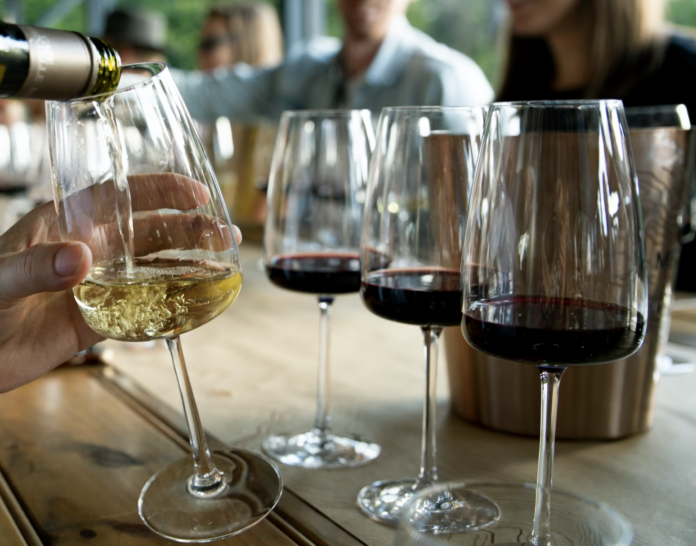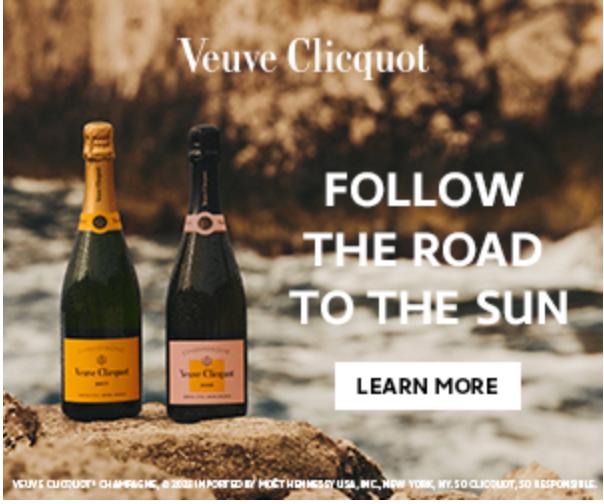Eila Wines Shows off the best of Oregon’s Vintage with Intense, Complex Taste
Oregon’s Willamette Valley continues to impress with their small allotment, high quality wines. Is Eila Wines a daily drink? Having tasted through their current portfolio, they’re more for a special night.
These wines are for memories and savoring. You don’t want to rush the experience.
Eila Wines Process
According to their website, their winemaking uses varying amounts of whole cluster during fermentation with ambient yeast, minimizing extraction.
Harvesting dates are chosen to retain acidity/freshness balanced with phenolic ripeness and maintaining moderate alcohol levels.
Then the wine is fermented in small batches and aged in a low impact mixture of new and neutral French oak barrels.

2021 Chardonnay Eila Wines
An excellent example of why Willamette Chardonnay’s are gaining national popularity.
Grapes are sourced from Von Oehsen Vineyard in the Eola-Amity AVA at an elevation of 400-500’. Harvested in early September 2021. Crushed then pressed, fermented in barrels. Stored on lees with minimal battonage. 42% new oak from a Damy puncheon.
Medium gold in the glass. Light and delicate on the nose. Lemon, peach, orange blossoms. Crisp citrus, orange blossom, dried fruit flavors.
With only 109 cases produced, this is a special bottle. If it’s still available, buy it immediately and hold onto it for a special night.

2021 Indigo Pinot Noir Eila Wines
Complex is too simple of a word for this bottle. It delights in throwing you twists and turns; and taking your mouth for a ride.
Grapes sourced from Witness Tree Vineyard in the Eola-Amity AVA at 500’ elevation. Harvested early September 2021. Fermented using 38% whole cluster. Aged in 40% new oak oak.
Deep ruby in the glass. Medium body with blackberry, black currant on the nose. White pepper, licorice, dried herbs, A multi-dimensional flavors, while still being light on the tannins.
121 cases produced. Buy it here.

2021 Scarlet Pinot Noir Eila Wines
This bottle deserves to breathe. Seriously. Open it, decant it, savor it. But whatever you do, don’t rush it. Let it be a marathon and your mouth will thank you.
The winery itself describes it as “a richer, darker wine” and they’re not wrong.
Sourced from Prophet Vineyard in Eola-Amity AVA at a 440-600’ elevation. Harvested mid- September 2021. Fermented using 25% whole cluster. Aged with 20% new oak.
It transformed from a kitten to a tiger after giving it substantial breathing time. Deep ruby in the glass. Medium body. Blackberry, blueberry, raspberry on the nose. Velvety pleasures in the mouth. Bell pepper, dried spice. A sultry finish. Highly enjoyable.
With only 120 cases produced, I would stand in a long line just to taste this wine again.

2021 Violet Pinot Noir Eila Wines
A unique wine, unique flavor, for a unique palette.
Grapes sourced from Le Cadeau vineyard at 600-700’ elevation in the Chehalem Mountains AVA. Harvested mid-September 2021. Fermented using 27% whole cluster. Aged with 25% new oak.
Medium ruby in the glass. Red currant and cranberry on the nose. Heavy cranberry on the palette. An elegant wine with tart acidity. The tart acidity wasn’t my favorite choice. I admire how it kept opening. I struggled to find a food pairing and found it bold on its own. I always enjoy tasting unique wines. Perhaps I’d like it more next time.
189 cases produced. If you’re looking for bold flavor, this is an adventure to try.



